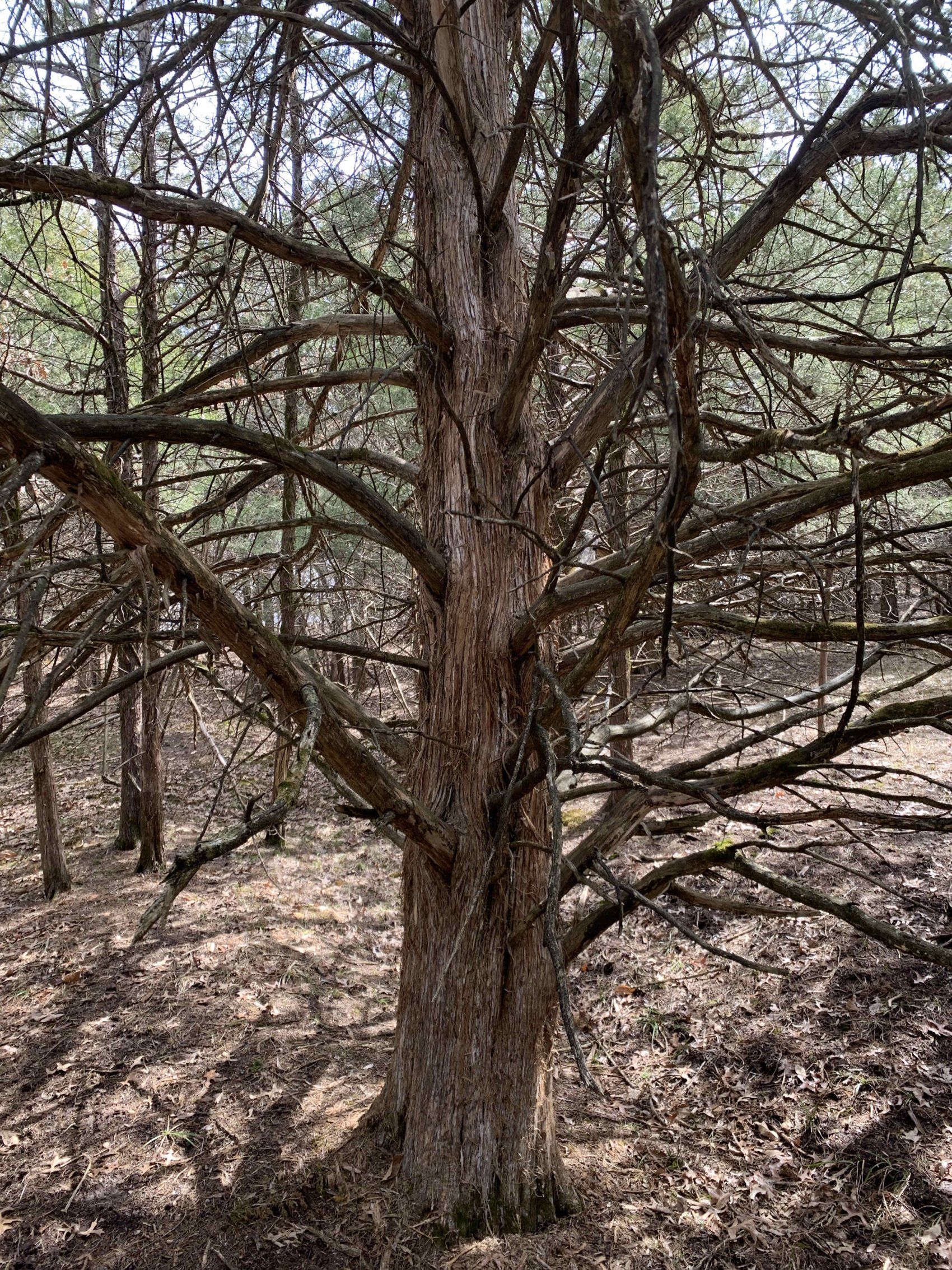Tmayer13
Well-Known Member
Here is a prime example of what happens to live trees. Both trees were on fire but only one burned all the way. And the trees directly next to it did not light up. The other tree that lit up lost about 2-3 branches and that was it.
This was a combination of native grasses, brome and unknown forbs that I was burning so some of the grasses we're tall and intermingled in the lower branches of some cedars.....the one tree pictured is the ONLY tree that is a complete loss, and I had some other cedars that I had cut down that went up into a ball of flames only feet from standing trees....it's so odd how some of these trees burn and others do not


Sent from my moto g power using Tapatalk
This was a combination of native grasses, brome and unknown forbs that I was burning so some of the grasses we're tall and intermingled in the lower branches of some cedars.....the one tree pictured is the ONLY tree that is a complete loss, and I had some other cedars that I had cut down that went up into a ball of flames only feet from standing trees....it's so odd how some of these trees burn and others do not


Sent from my moto g power using Tapatalk


